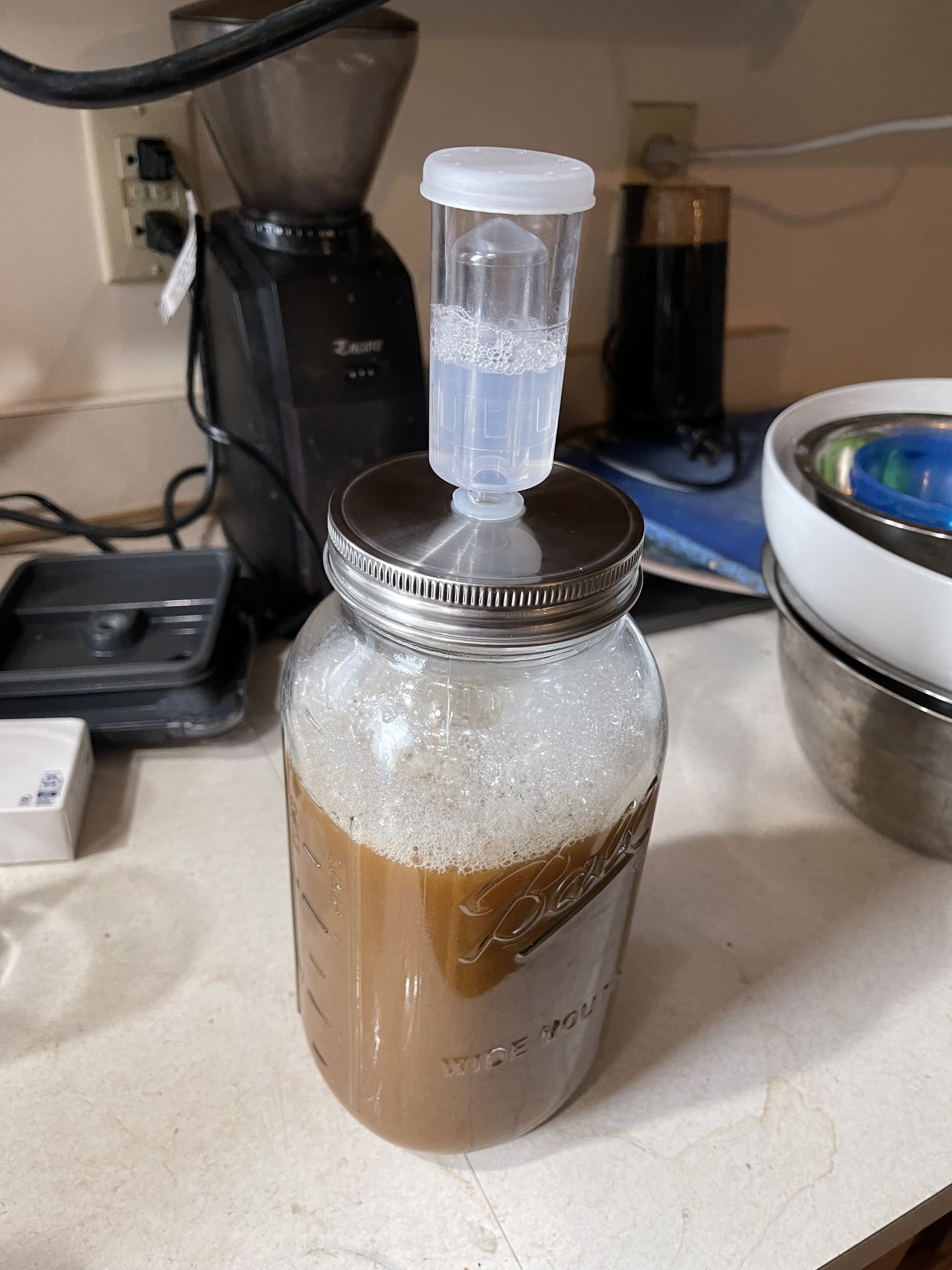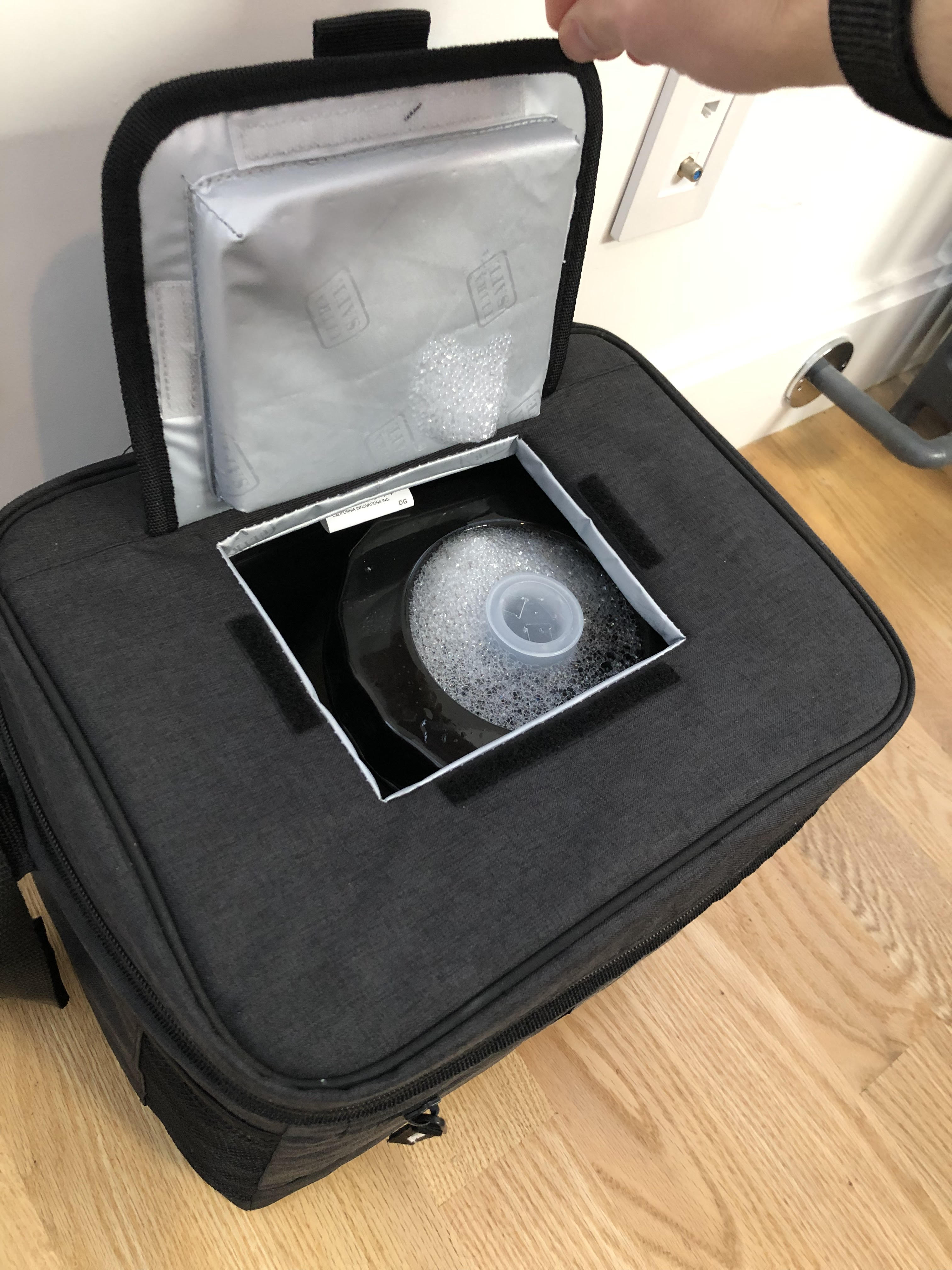satchelkits
Member
Makes sense. I focused on making clean and in depth PDF instructions in additional to static pages. We also put together some 10 min videos and put instructions such as hop addition times on the hop packaging.Some online stores still haven't changed - meh instructions, still in business.
I get where you are coming from, but ultimately disagree. Having lived in Boston and NYC for majority of the past 10 years, I have seen too many people never try brewing at all due to space constraints rather than try a 1 gallon batch because the everyone told them 5 gallon or nothing. Also, when developing recipes, I have found it much easier to bang out a bunch of 1 gallon batches to test variations in grain bills, hop quantities, yeast types, etc.A 1 gal batch in a 1 gal carboy expecting 10 bottles with fiddly process steps (e.g. add/remove blow off tube) may deserve to be stigmatized.
This is interesting. We have started to develop and sell 5 gallon kits, but catering to the 2.5 gallon brewer is an interesting prospect.has started to include slightly larger fermentation vessels
Totally agree on that front.And there are additional good uses for 1 gal carboys
Very interesting. I have personally used a sous vide wand that I use for cooking with exceptional results. A handful of our brewers have reported similar successes. This method has worked for me up to 5 gallon batches and keeps mash temperature to within a tenth of a degree.Early on, I found that measuring mash temperature
So funny, when putting together the instructions for our kits, I found that the number of pages needed to sufficiently explain the information pertinent to brewing for the first time would equate to a chapter. I instead created crash course instructions in one part along with a separate set called "Deep Dive" that goes much further into the fundamentals from an overview of the malting process to the science behind bottle conditioning vs forced carbonation.I wonder if the minimum size for those instructions is roughly a chapter in a book
Overall, thank you for the insight. Very helpful to hear from other perspectives.





















![Craft A Brew - Safale BE-256 Yeast - Fermentis - Belgian Ale Dry Yeast - For Belgian & Strong Ales - Ingredients for Home Brewing - Beer Making Supplies - [3 Pack]](https://m.media-amazon.com/images/I/51bcKEwQmWL._SL500_.jpg)






























